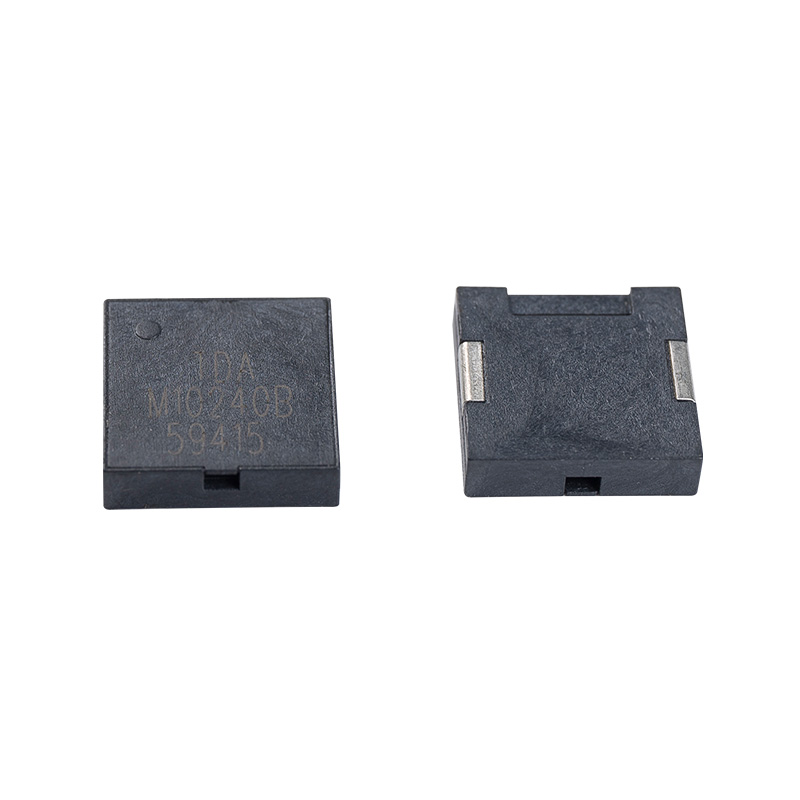SMD passive buzzers, like other similar electronic components, undergo certain measures to ensure their safety against moisture and climate. Here are a few ways SMD passive buzzers are designed to avoid this type of damage:
Encapsulation: The digital circuitry and additives of an SMD passive buzzer are encapsulated in a protective material (usually epoxy or silicone). This encapsulation creates a barrier that prevents moisture from directly contacting sensitive components, thereby protecting them from performance damage.
Sealing: SMD buzzer passive additives are used together with silicone rubber or other waterproof coatings to seal the material. This sealing procedure provides a further layer of protection against the ingress of moisture or water, making them resistant to moisture and weather-related conditions.

Conformal Coating: Some passive SMD buzzer models feature conformal coating, which is a thin protective layer of fabric applied to the circuit to protect it from moisture, dust, chemicals, and other environmental factors Impact. This coating provides a barrier that mitigates moisture and weather effects.
IP Rating: SMD passive buzzers typically adhere to certain ingress protection (IP) ratings. These ratings define the level of protection a component provides against solid objects and liquids. A higher IP score means better security against moisture and weather. For example, an IP67 rating means the buzzer is completely covered in dirt and can withstand being submerged in 1 meter of water for 30 minutes.


 EN
EN  English
English Deutsch
Deutsch 中文简体
中文简体
